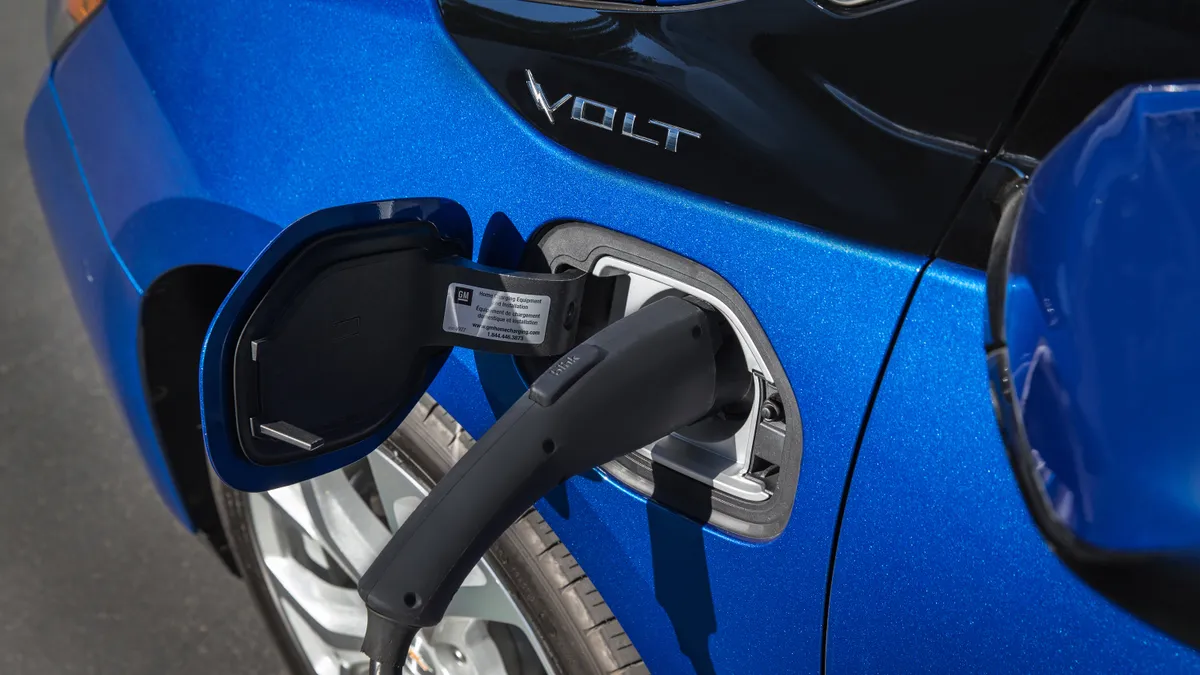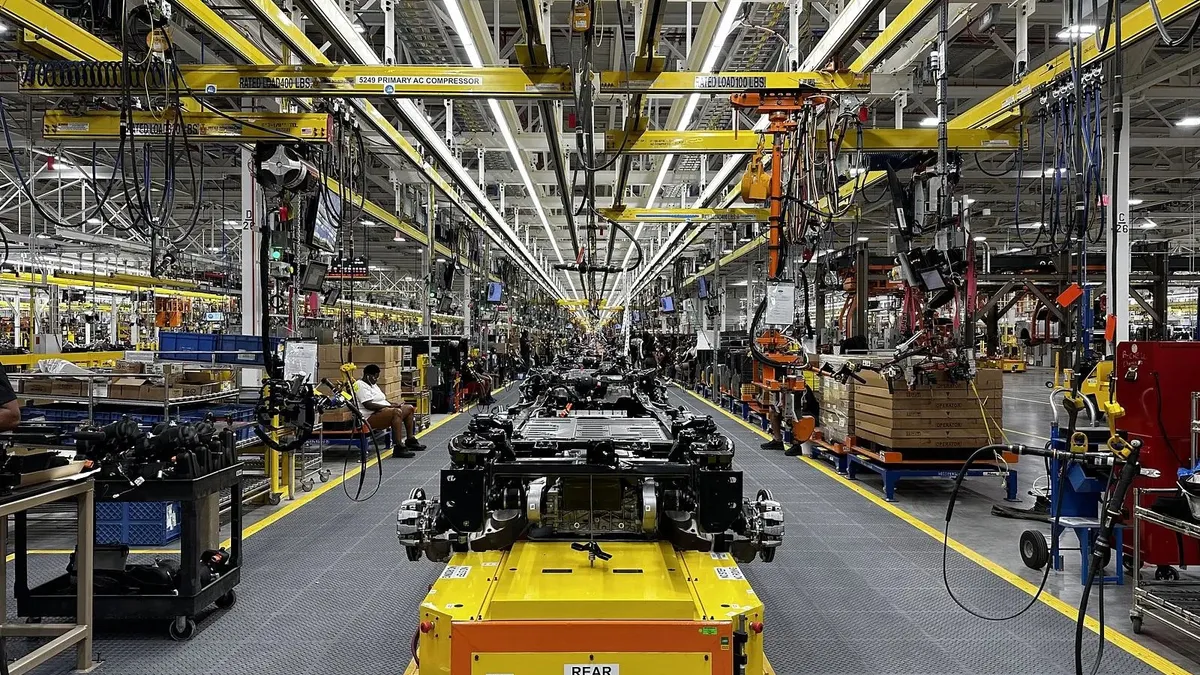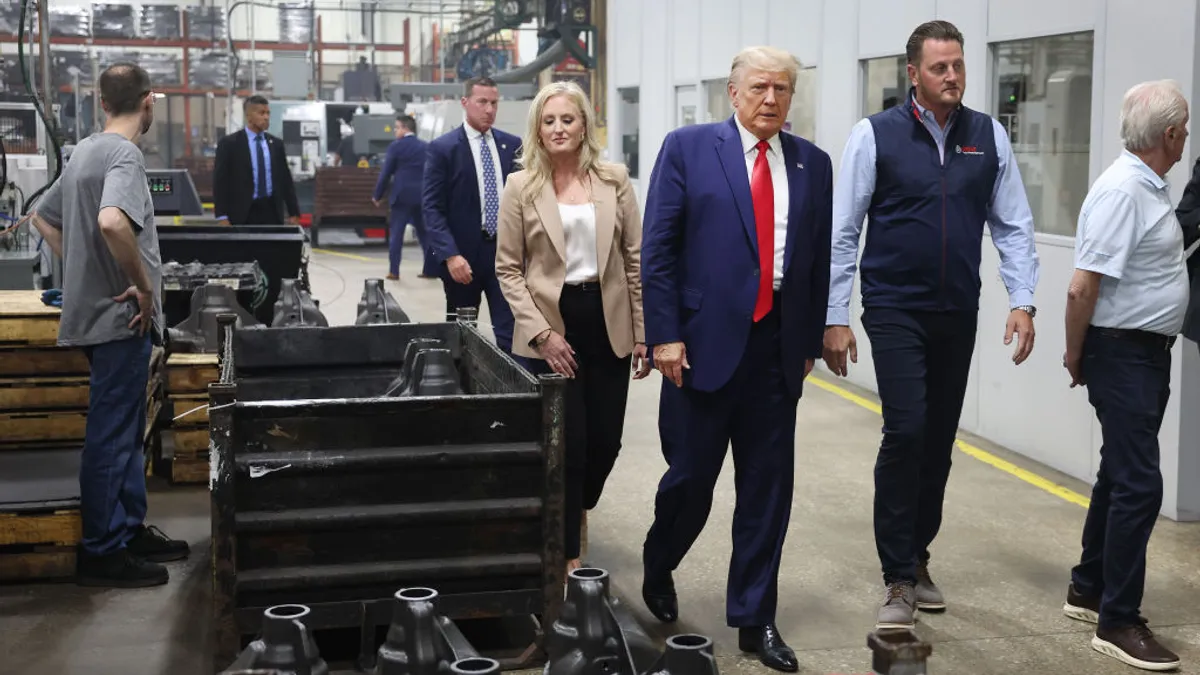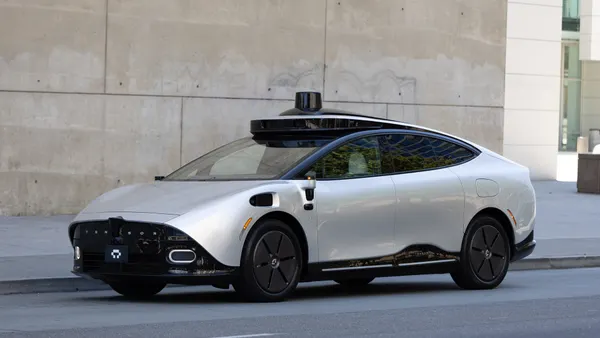Dive Brief:
- General Motors aims to launch hybrid versions of popular models to electrify its lineup and lower emissions amid weak electric vehicle demand, CEO Mary Barra said during the company’s earnings call Tuesday.
- Deploying plug-in technology should deliver some of the environmental benefits of EVs as the U.S. continues to build charging infrastructure, Barra said.
- The automaker plans to adjust its 2024 EV production based on market demand.
Dive Insight:
GM originally planned to produce up to 400,000 EVs by mid-2024, but the automaker has scaled back its production targets to maximize profitability as EV demand cools. Selling hybrid versions of popular models might help GM maintain its profits.
“Our forward plans include bringing our plug-in hybrid technology to select vehicles in North America,” Barra said. “We are timing the launches to help us comply with the more stringent fuel economy and tailpipe emission standards that are being proposed [in the U.S.].”
The new hybrids would be capital- and cost-efficient “because the technology is already in production and in other markets,” Barra said. She said GM would provide more details about its hybrid plans in the future.
Depending on customer demand, GM will produce 200,000 to 300,000 Ultium-based Chevrolet, GMC, Cadillac and BrightDrop EVs in North America this year, Barra said.
The automaker will still focus on EV sales in 2024 as the segment presents a “tremendous growth opportunity” for GM, Barra said. It’s also ramping up battery production by addressing some of the production and supply chain issues it faced in 2023.
“Our battery module production is on schedule. The team has improved the automated equipment that our assembly plants use to build modules, and the installation of new high-capacity seven lines should be complete by mid-year,” Barra said.
GM also said it changed its sourcing for some battery cell components after the U.S. Treasury Department published updated guidance in December limiting the use of critical minerals and EV battery components processed or manufactured in China, North Korea, Russia and Iran. The changes ensure that more of the automaker’s vehicles, including the Chevrolet Blazer EV and Cadillac Lyriq, qualify for clean vehicle tax credits up to $7,500 under the Inflation Reduction Act.
Other automakers, including Ford Motor Co. and Toyota Motor Corp., are also counting on hybrid technology to electrify their products and maintain profitability. Ford plans to quadruple sales of its hybrid models in the next five years. Meanwhile, Toyota announced in November that the 2025 Toyota Camry would be available only as a hybrid. It’s a big bet on hybrid technology as the Camry is the best-selling sedan in the U.S.














